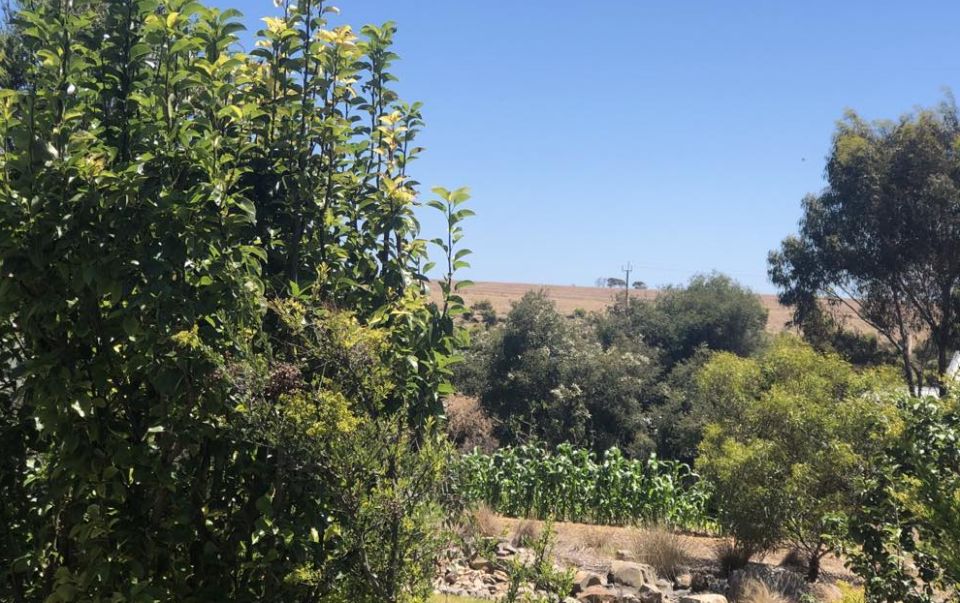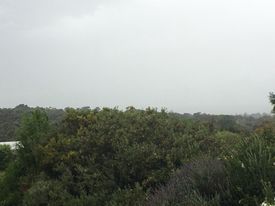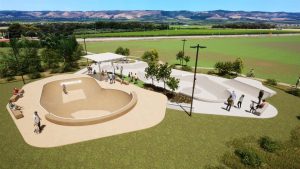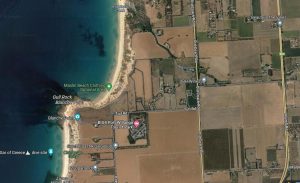
Publisher’s Note: Paul Rosser is a long-time environmental activist in the local region, and has been a resident of the Aldinga Arts and Eco Village for 14 years. This month’s weather report looks at the forthcoming bushfire season as it affects the Eco Village, but also has wider implications for the whole region.
2024 produced 354.0mm of rainfall, compared to the mean for the southern area for the last 130 years of 501.3mm. This compares with the mean for the last 12 years of 484.0mm. The trend over the longer period is coming downwards from the mid 1980’s as climate change seems to be taking an effect.
December recorded 20.0mm against an average of 21.5mm over the last 12 years. The average for the last 130 years is 16.8mm.
The next three months (summer into autumn) are likely to be drier than average, with day & night temperatures above average. The seas around northern Australia are still warmer than average & this can produce moisture in the form of low-pressure troughs up to Tropical Cyclones. These may flow down into Adelaide & can produce ‘dumps’ of up to 25mm on occasions. This would be nice for our tanks & gardens. Soil moisture is very low at present & is likely to remain so.
The farmer at the top of Bowering Hill has reaped his crop & bailed his hay. The stubble is around 100mm high. This is important for the AAEV because this is our first line of protection should a grass fire start ahead of a northerly wind.
Our second line of defence is the five metre fire-break each side of the fence line that divides the farmer’s crop & the Bowering Hill Conservation Park.
Our third line is the 100 metres of Wallaby & Kangaroo Grass that runs along the Park’s northern perimeter fence. This type of native grass smoulders rather than burn in a fire.
Our fourth line of defence is the hillside of Salt-bush that covers the western end of Bowering Hill. The eastern end of the park is not quite as Fire/Safe with its dense tree coverage. To make this safer the Park Ranger gets the tractor driver to slash a wider fire-break along this section.
Our fifth line of defence is the nature of Bowering Hill in that it slopes downhill to the Village. Fires travel slower downhill which assists with fire management.
Our sixth line of defence is the mowed flood plain south of the creek. The Department of Environment (DEW) cut this twice a year to keep us safe.
Our last line of defence is in the hands of Villagers who are encouraged to have fire resistant native plants in their gardens & to keep the undergrowth under control as the summer approaches.
So, there it is, seven lines of defence, thoughtfully designed & managed by DEW through our Ranger.
As the old year ends & the new one commences, let’s celebrate our achievements & look forward to a great new year.
Regards
Paul
Main image: Bowering Hill as seen from the Aldinga Arts and Eco Villag





